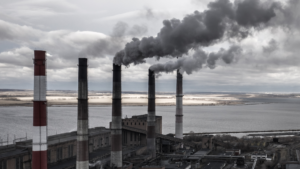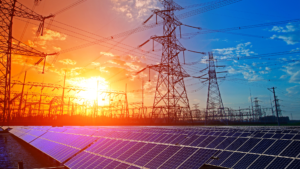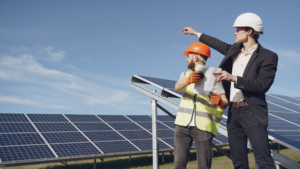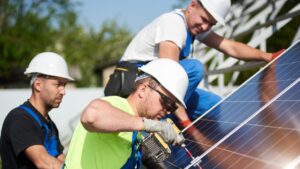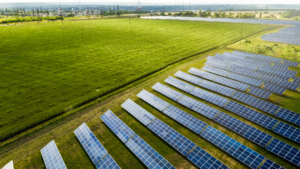
West Jordan, a burgeoning city in Utah, stands on the brink of a transformative energy revolution. With a keen focus on sustainability, solar installations are taking center stage, reflecting the city’s commitment to a greener future. In this blog, we delve deep into the dynamics of this solar surge, offering insights into the nuts and bolts of solar installation and why West Jordan is emerging as a beacon of solar energy.
The Solar Appeal in West Jordan
West Jordan is an ideal location for solar installations because of its natural advantage and increasing environmental awareness. With the community’s growing consciousness of global warming and sustainable energy choices, there has been a rise in the demand for solar energy. Solar installations have become popular due to their ability to provide significant energy bill savings, along with several financial benefits such as tax credits. Not only does this offer financial benefits to homeowners, but it also helps reduce carbon emissions and promote a cleaner environment. Moreover, installing solar panels on your property can increase the value of your home. As a result, homeowners in West Jordan are increasingly opting for solar installations as they recognize the long-term benefits of renewable energy sources.
Choosing the Right Solar Panels
Solar panels aren’t one-size-fits-all. Their efficiency, aesthetics, and price points can vary, so it’s crucial to make an informed decision:
- Monocrystalline Panels: High in efficiency and sporting a sleek black design, these are made from a single crystal structure.
- Polycrystalline Panels: A more budget-friendly option, these blue-tinted panels are slightly less efficient but still a popular choice.
- Thin-Film Panels: Flexible and lightweight, these panels are best suited for large areas but come with a lower efficiency rating.
Steps in Solar Installation
Transitioning your home to harness solar energy might seem overwhelming, but breaking it down can make the process clearer:
- Evaluation and Audit: Professional solar installers first assess the suitability of your property, checking factors like roof integrity and sunlight exposure.
- Customized Design: Based on the audit, a solar design tailored to your property and energy needs is crafted.
- Permitting: Before the actual installation begins, necessary permits from West Jordan city authorities must be obtained.
- Installation: The physical installation of panels, inverters, and other components takes place. It can range from a few days to weeks, depending on the project’s scale.
- Grid Connection: Once installed, your system needs to be connected to the grid, often involving an inspection from the local utility company.
- Monitoring and Maintenance: Post-installation, it’s essential to monitor the system’s performance and schedule periodic maintenance checks.
Navigating Financing and Incentives
Homeowners often face financial concerns when considering a solar installation. Options include solar loans, which allow homeowners to pay off their system over time with attractive interest rates. Federal tax credits can significantly reduce the cost of solar systems in West Jordan. Local incentives or rebates may also be available depending on the time and availability.
Conclusion
The solar energy revolution in West Jordan is not just a fleeting trend—it’s a testament to the city’s forward-thinking ethos and commitment to sustainability. By opting for solar installations, residents can enjoy both the environmental benefits of cleaner energy and the economic advantages of reduced utility bills and tax incentives. As the sun shines brightly over West Jordan, its residents are undoubtedly leading the way, turning every ray into a beacon of hope and progress.

